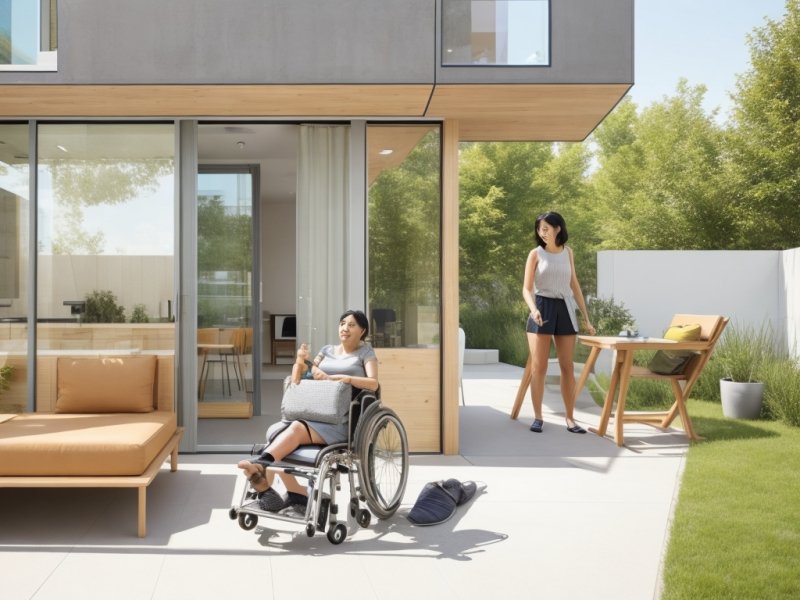
In the realm of interior design, aesthetics have long held the spotlight, driving trends and influencing tastes. However, true innovation and progress in design go beyond just appearances. The concept of universal design, with a focus on accessibility and inclusivity, is reshaping the way we approach residential spaces. Creating homes that prioritize universal comfort ensures that everyone, regardless of age or ability, can enjoy a safe, functional, and aesthetically pleasing environment. In this blog, we delve into the principles of designing accessible residential spaces and how they enhance the lives of occupants.
Universal design is a philosophy that seeks to create products and spaces usable by all people, regardless of their age, size, ability, or disability. When applied to residential spaces, this approach promotes a sense of equality, independence, and dignity among occupants. Instead of retrofitting for accessibility later, universal design incorporates accessibility from the outset, ensuring seamless integration throughout the entire space.
A key aspect of accessible residential design involves navigating physical barriers that can impede mobility and functionality. Doorways and hallways should be wide enough to accommodate wheelchairs and walkers, making it easier for individuals with limited mobility to move around freely. Lever-style door handles, as opposed to knobs, offer ease of use for people with arthritis or limited hand dexterity.
A universally designed home is characterized by spaces that can easily adapt to changing needs. Multi-functional rooms cater to various activities, promoting efficiency and convenience. For example, a ground-floor room designed to be a bedroom can be transformed into a home office or a study area when needed. Adaptable spaces not only enhance universal comfort but also add value to the home.
Incorporating ergonomic elements in design ensures that the residential space caters to the physical well-being of all occupants. Adjustable countertops in kitchens allow people of varying heights or those who use mobility aids to comfortably prepare meals. Well-designed bathrooms may include features like grab bars, non-slip surfaces, and roll-in showers to facilitate easy access and reduce the risk of accidents.
A universally designed home also considers sensory inclusivity. Proper lighting, color contrasts, and acoustics play a crucial role in making the space more comfortable for individuals with visual or auditory impairments. Thoughtful consideration of these aspects contributes to a harmonious and pleasant living environment for everyone.
Advancements in technology have opened up exciting opportunities to enhance accessibility in residential spaces. Smart home systems and automation can assist individuals with disabilities in controlling various functions within the home, such as lighting, temperature, and security, through voice commands or mobile applications.
While accessibility is the core focus of universal design, aesthetics need not be compromised. Inclusive aesthetics incorporate a wide range of design elements that appeal to diverse tastes while remaining practical. Combining style with accessibility can lead to a truly remarkable living space that satisfies both the functional and emotional needs of the occupants.
Designing residential spaces for universal comfort goes beyond the surface level of aesthetics, transforming the way we think about architecture and interior design. Embracing the principles of universal design enables us to create homes that are not only visually pleasing but also accessible, safe, and accommodating for all individuals. By removing physical barriers, incorporating adaptability, considering ergonomic elements, and embracing technology, we can create residential spaces that enhance the lives of their occupants, promoting a more inclusive and harmonious living environment for all. As designers and homeowners, let us embark on this journey towards universal comfort, where everyone can feel at home.
Share This News